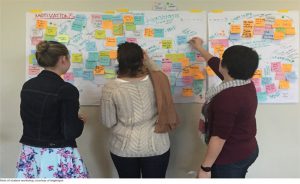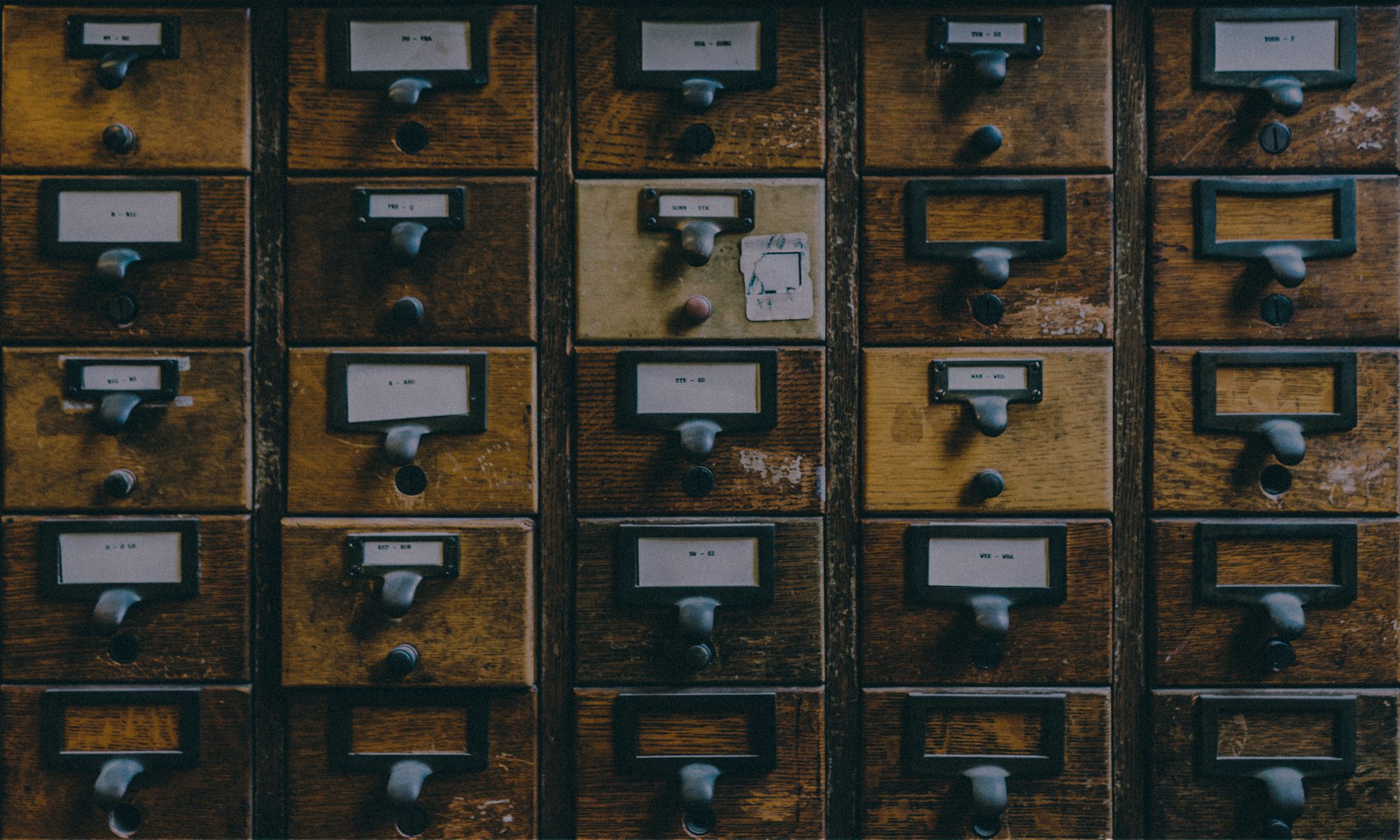Abstract
Programming activity for the redesign of Neilson Library at Smith College began in the spring of 2015, with data gathering and campus input from students, faculty, staff, and alumnae, and continued through the summer and fall of 2015. As part of the process the College engaged the services of brightspot to conduct user experience studies.

A Programming Committee was charged with identifying and prioritizing such building elements as user spaces, library services, physical collections, and academic support services and centers, and making recommendations to the president and board. Reports from the Programming phase are available on the Smith College Libraries website.
Goals/Questions
Understand how the library’s spaces, services, collections, tools and technologies are used in research, teaching, and learning
Explore the role that the future Neilson Library could play in supporting research, teaching and learning, as well as collaboration, creating community, and offering inspiration
Incorporate new user-centered insights into library planning and design
Methods
- Campus-wide survey
- dScout missions
- User interviews
- Observations
- User Experience Workshops
Statistics/Data
Sample size: over 2000 students, faculty and staff participated in engagement sessions and user studies, including:
- 956 Survey Respondents
- 62 participants in “dScout ” app
- 20 One-on-One interviews (5 Student, 15 Faculty)
Dates: 01/01/2015 – 11/01/2015
Campus/College: Smith College
Contact: Sika Berger, User Experience Librarian, sberger@smith.edu
Team: User/Study Spaces Working Group
- Sika Berger, User Experience Librarian
- Sarah Evans, SC ’18
- Kimberly Kono, Associate Professor, (East Asian Languages & Literature)
- Brendan O’Connell, Instructional Technology Librarian
- Barbara Polowy, Head of the Hillyer Art Library (convener)
- Maria Wood, SC Ada Comstock Scholar
In order to deepen and diversify the data sets informing the Program Committee’s work, an anthropological consultant was engaged to implement a survey of faculty and students, interview a cross section of stakeholders, and actively observe the way the library is used today. Their work was focused on extracting more data driven findings that would support or potentially challenge the conclusions drawn from the collected narrative. This team also collaborated with an Anthropology class at Smith to generate their observations.
- brightspot’s Research Process
- Program Summary: Redesign of the Neilson Library Complex, April 2016
(including descriptions of 10 working groups, their methods and findings)
Outcome
Key Performance Areas
- learning and research “ecosystem”
- user experiences and key moments
- opportunities and potential responses
brightspot’s research report described three key moments that emerged from the academic experience:
“a task-oriented approach to work, which influences how and where students and faculty get their work done, a highly valued complex research process, and a desire to make intellectual connections.”
Results – Process and Outcomes / Transforming the library for users
Library users want inclusive, accessible, beautiful spaces characterized by:
• Natural materials, light, connection to the landscape
• Ease of navigation, access to library staff
Recommendation
Action Taken
Results of all user engagement sessions and the working groups’ research and recommendations were used to define the Neilson Library building program.
- Study / reflection: solo spaces, reading rooms
- Convening: café
- Innovation / collaboration: enclosed and open
- Shared: reservable not owned
- Scalable / aspirational: capacity range, evolving space


